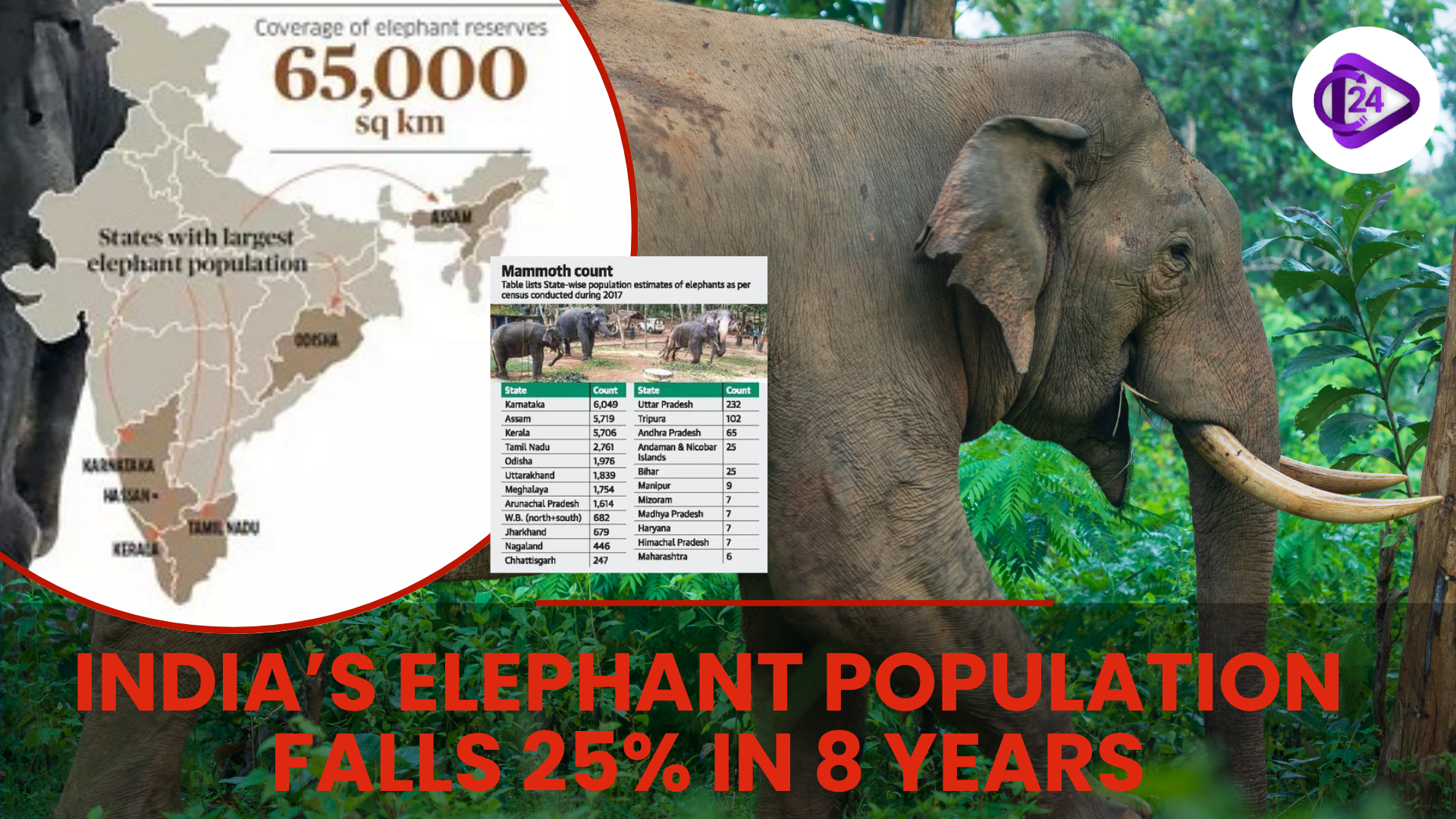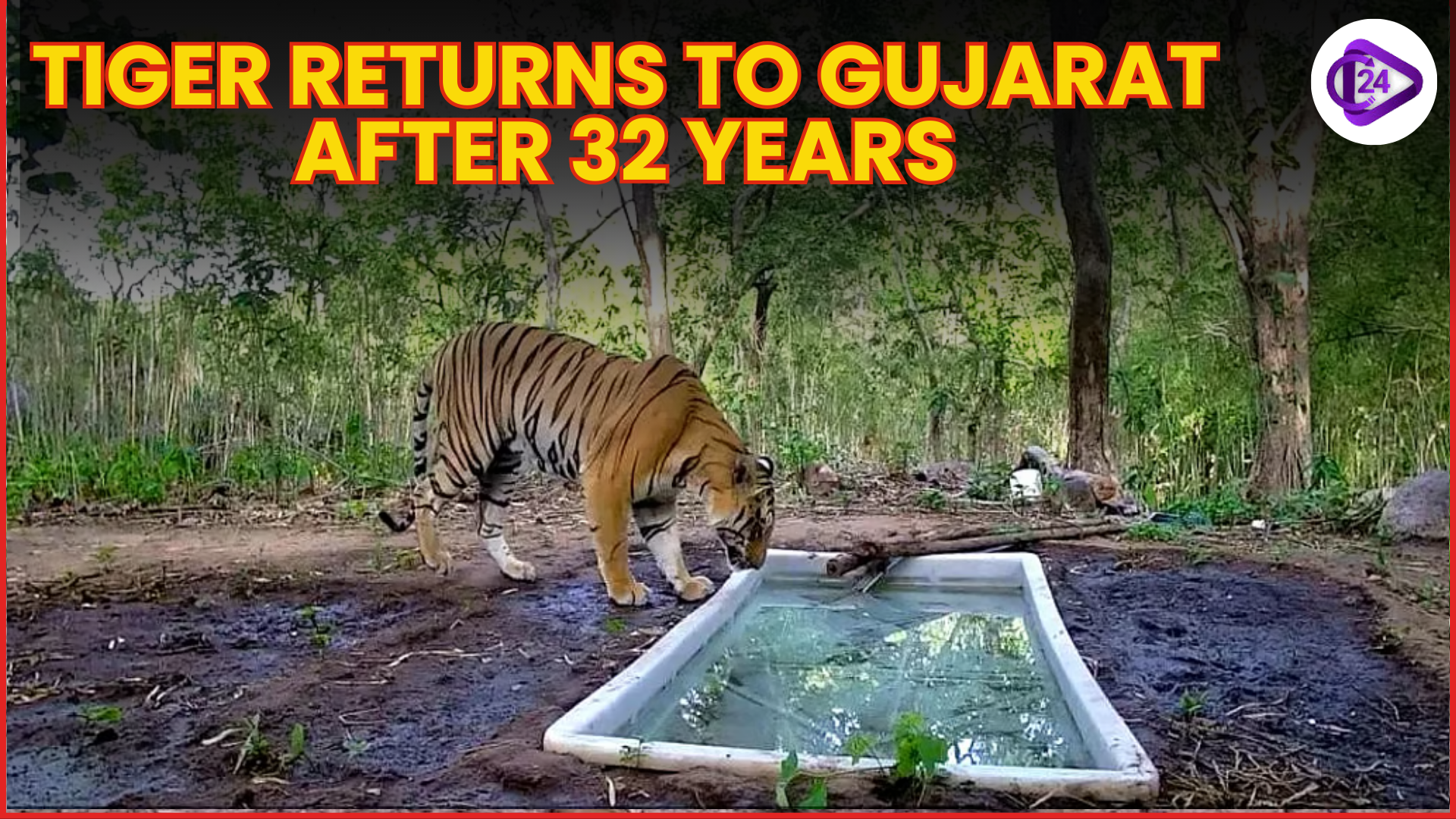
The number of wild animals in India, especially wild elephants, has decreased by a quarter in the last eight years, and this has as well cast serious concerns about the conservation of wildlife and the ecological balance. The most recent Synchronous All-India Elephant Estimation (SAIEE 2021-25) indicates that there were around 22,446 elephants, a decrease from 29,964 compared to 2017. Key threats are loss of habitats, fragmentation of forest corridors, and growing human-elephant conflicts, particularly in areas such as Central India and Assam. Newer methods of DNA-based census have come up with more precise numbers of the population, which market necessity toward conservation efforts, habitat rehabilitation, and conflict abatement. There is an urgent need to protect the lives of the iconic elephants in India by taking immediate action that will guarantee the existence of biodiversity.
India Uses DNA Mark-Recapture Technique to Assess Elephant Population
-
The population of the elephants was estimated in India by the DNA-based mark-recapture technique, which was first applied in the country.
-
Dung samples are used to determine the genetic material of individual elephants without causing their disturbance.
-
The technique offers better population estimates when compared to the conventional visual surveys.
-
It allows improved knowledge on the distribution of the elephants, their movement, and genetic health, which helps in the enhancement of conservation tactics.
Elephant Hotspots in India: Key States, Reserves, and Protection Acts
-
The highest population of elephants in India is found in Kerala, Karnataka, and Assam.
-
The well-known elephant reserves are Periyar Wildlife Sanctuary (Kerala), Mudumalai (Tamil Nadu), and Kaziranga National Park (Assam).
-
Important laws protecting elephants: Wildlife Protection Act 1972, Project Elephant (1992), and Prevention of Cruelty to Animals Act 1960.
-
These will be used to preserve habitats, curb poaching, and alleviate human-elephant conflicts.
Conclusion
The initial DNA-based elephant census in India indicates that the population has reduced by 25 percent, which means that there is a serious conservation crisis. The sophisticated approach will give precise information on distribution, movement, and genetic health, which will be used to protect them in a better way. Otherwise, immediate intervention, such as rehabilitation of the habitats, anti-poaching, and conflict resolution, is necessary to protect elephants and save the rich biosphere of India as an asset for future generations.



 Why Protecting the Aravalli Range Matters for Climate, Water, and Biodiversity
Why Protecting the Aravalli Range Matters for Climate, Water, and Biodiversity Supriya Sahu Wins UNEP Champions of the Earth 2025
Supriya Sahu Wins UNEP Champions of the Earth 2025 World Soil Day 2025: Celebrating “Healthy Soils for Healthy Cities”
World Soil Day 2025: Celebrating “Healthy Soils for Healthy Cities” New Seismic Zonation Map of India
New Seismic Zonation Map of India Cyclone Fina Hits Northern Australia With Destructive Force
Cyclone Fina Hits Northern Australia With Destructive Force Tiger Returns to Gujarat After 32 Years | Historic Wildlife Comeback 2025
Tiger Returns to Gujarat After 32 Years | Historic Wildlife Comeback 2025 Namdapha Butterfly Festival Showcases the Wild Heart of Arunachal Pradesh
Namdapha Butterfly Festival Showcases the Wild Heart of Arunachal Pradesh Gogabeel Lake Achieves Ramsar Status for Biodiversity and Conservation
Gogabeel Lake Achieves Ramsar Status for Biodiversity and Conservation Cyclone Montha Makes Landfall Near Kakinada, Bringing Destruction to Andhra and Odisha
Cyclone Montha Makes Landfall Near Kakinada, Bringing Destruction to Andhra and Odisha






